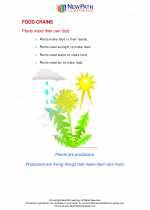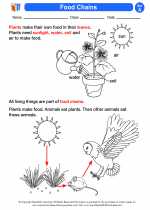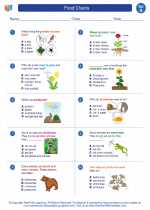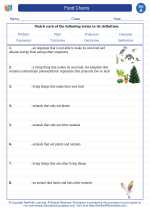Granulation
Granulation is the process of forming grains or granules from a powdery or solid substance. This process is commonly used in various scientific and industrial applications, including pharmaceuticals, metallurgy, and food production.
How Granulation Works
Granulation can be achieved through several methods, including:
- Agglomeration: Powders are combined and compressed to form granules.
- Spray Granulation: A liquid binder is sprayed onto the powder, forming granules as the liquid dries.
- Fluid Bed Granulation: Particles are suspended in a fluid and the binder is sprayed onto them, leading to granule formation.
Applications of Granulation
Granulation is widely used in:
- Pharmaceuticals: Granulation is used to create tablets and capsules with consistent dosages.
- Metallurgy: Granulation is used to create metal powders and improve the flow properties of metal powders.
- Food Production: Granulation is used to create granulated sugar, salt, and other food products.
Study Guide for Granulation
To understand granulation, consider the following study topics:
- Types of granulation methods and their applications
- The science behind granule formation and the role of binders
- The importance of granulation in pharmaceutical and food industries
Additionally, conducting experiments or demonstrations of granulation processes can provide a hands-on understanding of the concepts.
.◂Science Worksheets and Study Guides First Grade. Food Chains
Study Guide Food Chains
Food Chains  Activity Lesson
Activity Lesson Food Chains
Food Chains  Worksheet/Answer key
Worksheet/Answer key Food Chains
Food Chains  Worksheet/Answer key
Worksheet/Answer key Food Chains
Food Chains  Worksheet/Answer key
Worksheet/Answer key Food Chains
Food Chains  Worksheet/Answer key
Worksheet/Answer key Food Chains
Food Chains  Vocabulary/Answer key
Vocabulary/Answer key Food Chains
Food Chains  Vocabulary/Answer key
Vocabulary/Answer key Food Chains
Food Chains 

 Activity Lesson
Activity Lesson
 Worksheet/Answer key
Worksheet/Answer key
 Worksheet/Answer key
Worksheet/Answer key
 Worksheet/Answer key
Worksheet/Answer key
 Worksheet/Answer key
Worksheet/Answer key
 Vocabulary/Answer key
Vocabulary/Answer key
 Vocabulary/Answer key
Vocabulary/Answer key

The resources above cover the following skills:
LIFE SCIENCE
From Molecules to Organisms: Structures and Processes
Design a solution to a human problem by using materials to imitate how plants and/or animals use their external parts to help them survive, grow, and meet their needs (e.g., outerwear imitating animal furs for insulation, gear mimicking tree bark or shells for protection).